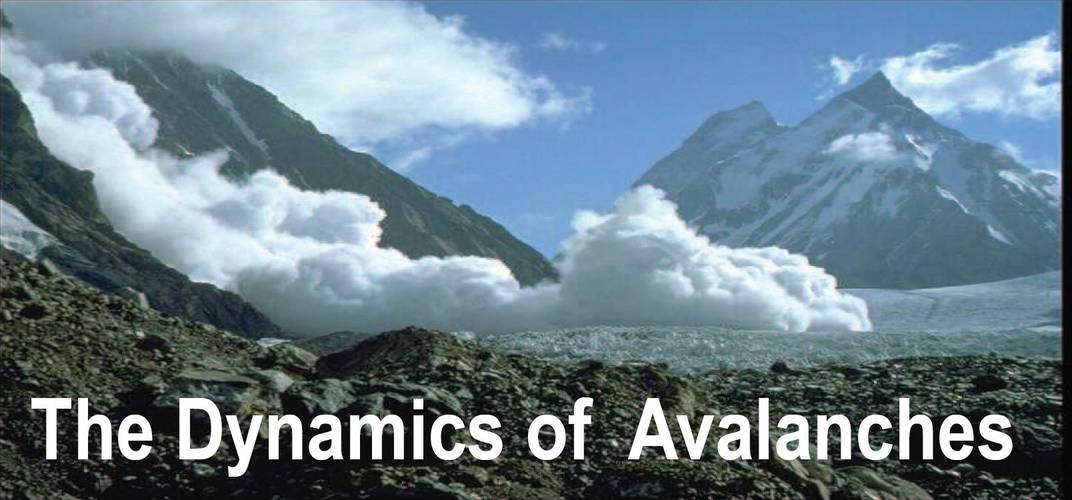
More than a million avalanches happen throughout the world every year. Most fall harmlessly, but the largest can destroy whole towns
and kill thousands. In Western Europe, such large disasters are rare, but even so, in any given year, dozens of skiers, snowboarders and climbers may be killed, and in a bad year it can be hundreds. An avalanche, however, is a physical phenomenon, and as such it should manifest certain universal characteristics. For instance, avalanches of carbon dioxide ice have been seen on the surface of Mars. This talk will describe one mathematician's efforts to understand snow avalanches. The work ranges from investigating avalanche disasters in the Japanese mountains to dropping half a million ping-pong balls down a ski jump.

